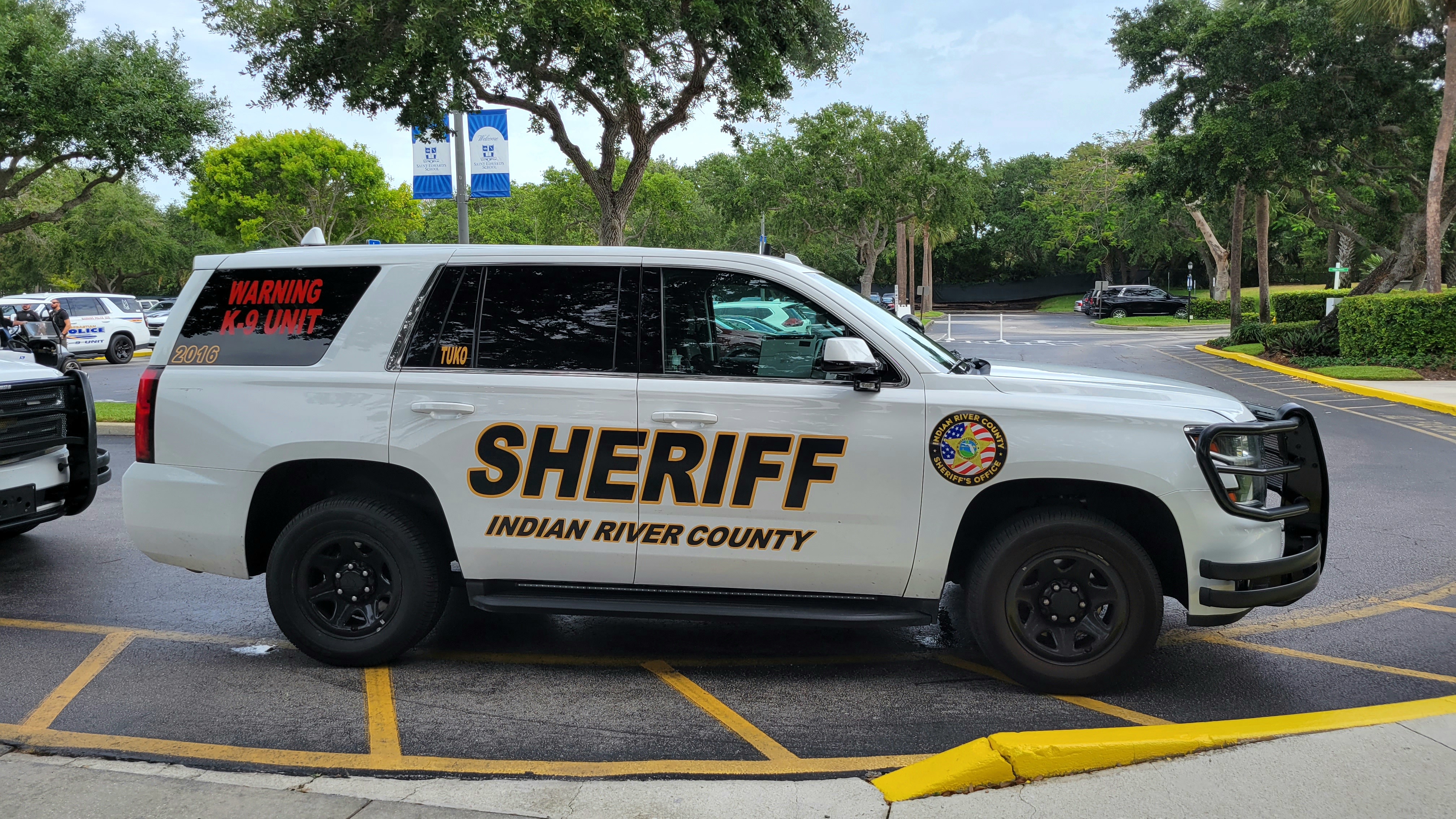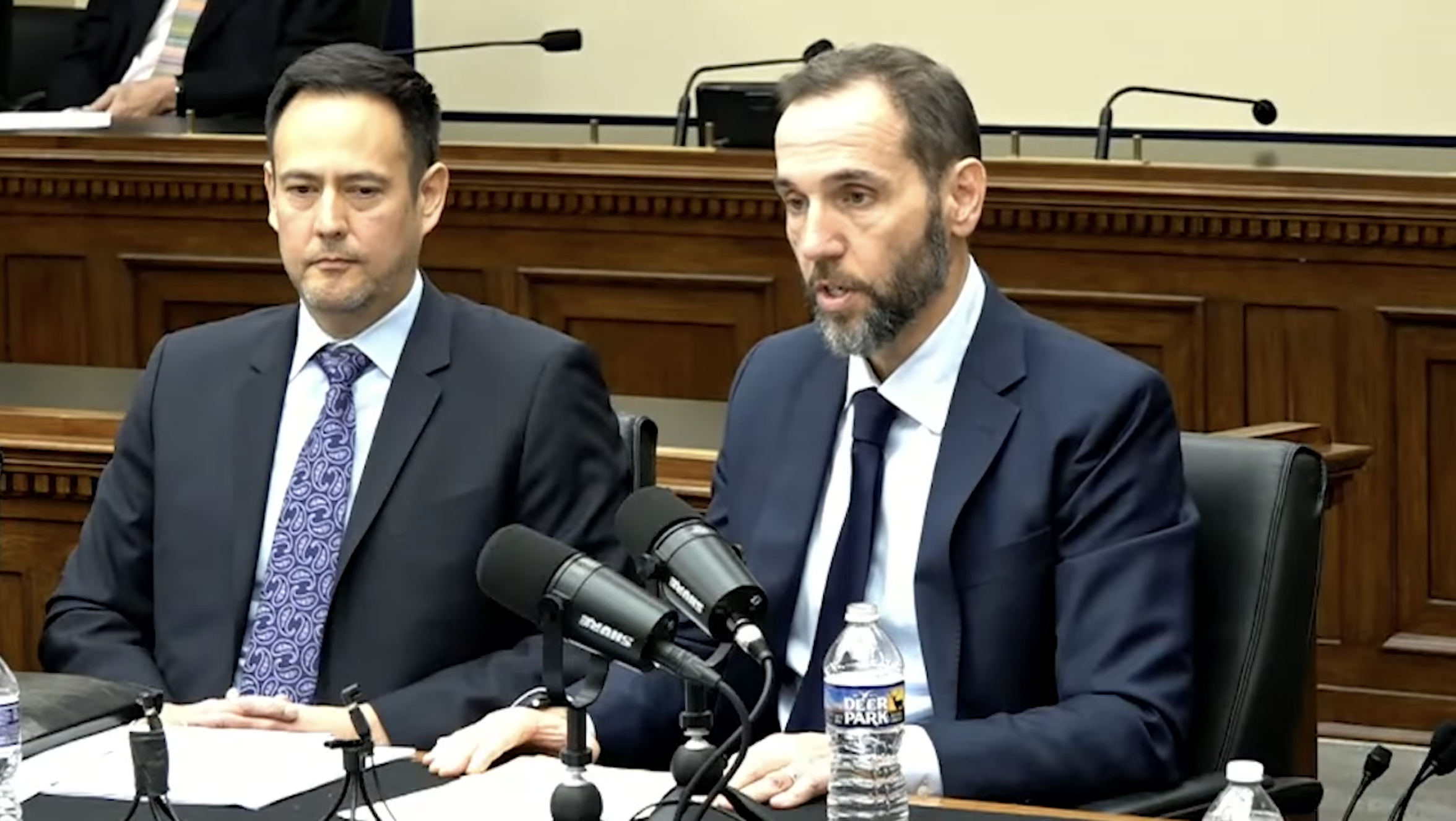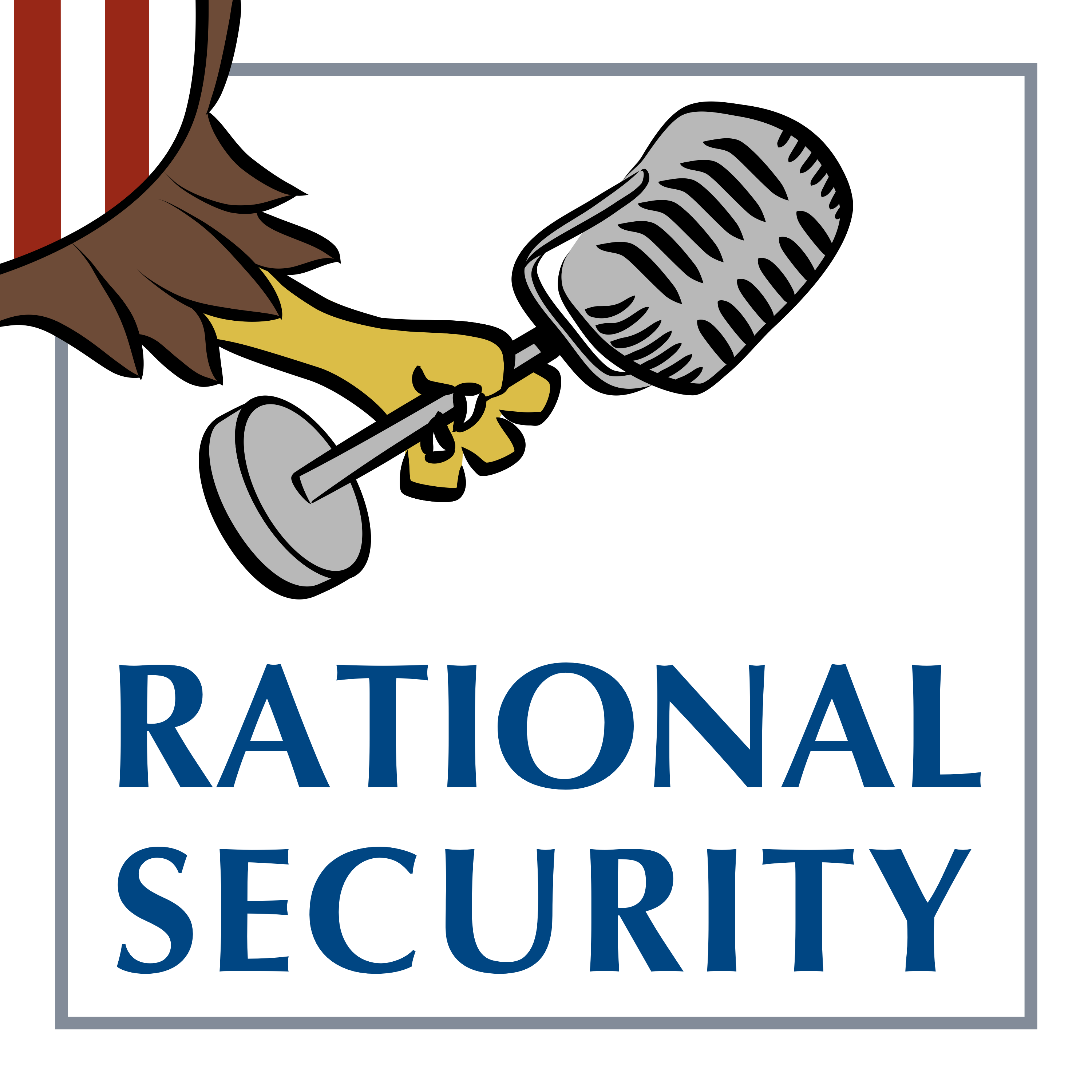Badges of Honor?
A review of Jessica Pishko, “The Highest Law in the Land: How the Unchecked Power of Sheriffs Threatens Democracy” (Dutton, 2024) and Emily M. Farris and Mirya R. Holman, “The Power of the Badge: Sheriffs and Inequality in the United States” (University of Chicago Press, 2024)

Published by The Lawfare Institute
in Cooperation With

The American sheriff is iconic—portrayed as “white hatted and often on a horse,” according to Jessica Pishko, author of “The Highest Law in the Land: How the Unchecked Power of Sheriffs Threatens Democracy.” But at the same time, the institution of the American sheriff has increasingly become synonymous with far-right, anti-government, and conspiratorial world views.
Democratically elected in many jurisdictions, sheriffs have no bosses, other than arguably those who elected them. In charge of law enforcement for their counties, sheriffs often run the local jail and courthouse security. Sheriffs thus have tremendous power, have little accountability, and are often well-connected. This, as it turns out, can be a recipe for bad behavior and extremism.
Jessica Pishko’s book documents the “constitutional sheriffs” movement from its origins to now. The movement rests on the theory that the elected county sheriff is the final authority on constitutional law and has the ability to determine which laws are constitutional and which are not. The movement, which began in the early 2000s, has its origins in anti-government, far-right, and white supremacist ideology. Modern sheriffs who consider themselves part of this movement see their job as including not just traditional law enforcement but also protection from “government overreach.” As a result of this delusional view of their role in government, these law enforcement officers often publicly undermine other elected officials in higher offices, such as the governors of their states or even the president. They refuse to follow laws they do not agree with.
Pishko, a journalist who also happens to have a J.D. from Harvard Law School, attended a number of meetings throughout rural America in 2020 and 2021 hosted by these sheriffs, their organizations, and events at which they spoke. As a white woman, she was able to blend in at these meetings and hear the positions these sheriffs put before their constituents as well as audience members they hoped to win over. She also conducted interviews with some of the figures in this movement.
Pishko not only documents the constitutional sheriffs’ beliefs but also traces these modern-day ideas to their complicated anti-government and anti-federal-power history, running all the way back to justifications for American slavery. In the end, imagining a society arranged in accord with their vision of all-powerful constitutional sheriffs offers a way for many white, rural Americans to respond to the threat they perceive from multicultural, multiracial America. These sheriffs are generally anti-immigrant, anti-Black Lives Matter, anti-abortion care, anti-LGBTQ+ people, pro-militia, and pro-gun. These sheriffs support the far right, and the far right supports them.
Sheriffs have tremendous power because of the offices they hold. They decide who gets arrested, oversee conditions and policies at the county jail, control medical care and food available at the jail, and even set the tenor of the county courthouse. Their significant sway over their communities derives not only from their formal powers but also from their roles as public figures. Because they run for their offices, they host campaign events, appear on television (even reality TV for the free advertisement), and otherwise command attention from the public. Some sheriffs have more name recognition than other elected officials other than governors, according to Pishko. Some are household names. Quite a few have aspirations to higher office as well.
Pishko embedded herself not only with these sheriffs but also with their followers. Although she fit in physically, she stood out in an important way: She watched these events with a critical and informed eye. In her book, Pishko exposes how these law enforcement officers failed to enforce the law in their counties—from mask mandates during the height of the coronavirus pandemic in 2020, to gun laws with which they do not agree. While democratically elected themselves, these sheriffs have little regard for laws that emerged from democratic processes when they do not agree with those laws. Despite the fact that they say they support the First Amendment, Pishko documents how sheriffs can use their office to retaliate when citizens protest law enforcement or express views contrary to their own.
These right-wing sheriffs also push conspiracy theories and other false narratives. Some sounded the alarm about border security during the Biden administration, arguing that noncitizens are more likely to commit crimes despite evidence that they are more law abiding than citizens. Some have taken positions against vaccinations and opposed requiring vaccinations for their deputies during the pandemic. One high-profile sheriff made false claims about voter fraud and even spoke at the Stop the Steal rally that preceded the Jan. 6, 2021, storming of the U.S. Capitol.
“The Power of the Badge: Sheriffs and Inequality in the United States,” by Emily M. Farris and Mirya R. Holman, tells a story with many elements similar to Pishko’s account, but they assessed a larger group of more than 3,000 sheriffs. Theirs is a more academic book than Pishko’s, and it relies in part on the results of two surveys, undertaken roughly a decade apart, completed by more than 500 sheriffs. (Pishko cites to these surveys in her book.)
In addition to focusing on the far-right extremist views these sheriffs espouse, Farris and Holman draw attention to the role sheriffs play in corrections. They point out that sheriffs have a significant role in “carceral policymaking” through their control over the size and capacity of county jails. Through the jails, sheriffs “extract resources from prisoners, taxpayers, private prison companies and state and federal governments.”
Both books are certainly worth a read for anyone worried about far-right extremism, overreach of law enforcement, or the dangers that law enforcement poses to democracy. Both books focus on the significant differences between sheriffs and other law enforcement, like the fact that sheriffs are elected and usually cover rural rather than urban areas since they are elected by county. Both books document the lack of accountability that sheriffs enjoy. Both books include a broad survey of the significant history of the role of sheriffs in England and the United States. Both books discuss sheriffs’ unwillingness to enforce laws with which they do not agree. Lastly, both books trace the significant role that sheriffs have played in upholding white supremacy, whether in catching enslaved people who had attained their freedom, allowing lynchings, or participating in convict leasing, or how even today 92 percent of sheriffs are white and they are even more overwhelmingly male (about 2 percent of sheriffs are women).
Not only are these powerful law enforcement officials unrepresentative of their communities in terms of race and gender, but they often are more politically conservative than their constituents. These disparities may be partly a result of the limited supply of viable candidates who run for the job, or it may just reflect how the majority of the electorate likes it.
One central tension when it comes to this unique type of law enforcement agent is that sheriffs are elected but also sometimes seem to undermine democracy and democratic institutions. Both books helped clarify that issue. The authors explain that sheriffs’ races for office are more likely to be low-information elections; that incumbents always have an advantage because of name recognition; that incumbents often run unopposed; and that sitting sheriffs often control the professional success of viable candidates, deputy sheriffs, for the role because often the best candidate is someone with experience in the office. So, the people who get elected to the office have an interest in remaining in power.
While both books cover a significant amount of common ground, Pishko’s book devotes more pages to the constitutional sheriffs’ movement, its roots, and the individual players in it (such as Sheriff Richard Mack, the head of the Constitutional Sheriffs and Peace Officers Association, and Sheriff Mark Lamb, who founded another constitutional sheriffs organization, called Protect America Now). Farris and Holman’s book is a bit more general about the power and extremist beliefs held by American sheriffs.
These books may also show that the future may bring even more sheriff (and other law enforcement) extremism. As Pishko notes, in his first term, President Trump had more meetings with sheriffs than any other American president. Trump sees sheriffs as key partners in his border security and deportation agenda. Trump has notably told law enforcement not to be “too nice” to American citizens engaged in political protest. Farris and Holman expose the ways in which sheriffs make money from their prisons, and it is easy to see how the mass deportations proposed by Trump for his second term will be big money-makers for sheriffs as they can rent beds in their jails to hold people for Immigration and Customs Enforcement in return for compensation from the federal government. It is not hard to imagine that with sheriffs campaigning on these views, other law enforcement agents will share their views more publicly. Emboldened by a president who shares their outlook, local law enforcement officers who protect a far-right vision of the United States may inspire even greater extremism by the far-right. Those who have read these two books will have at least been warned about what is to come.




